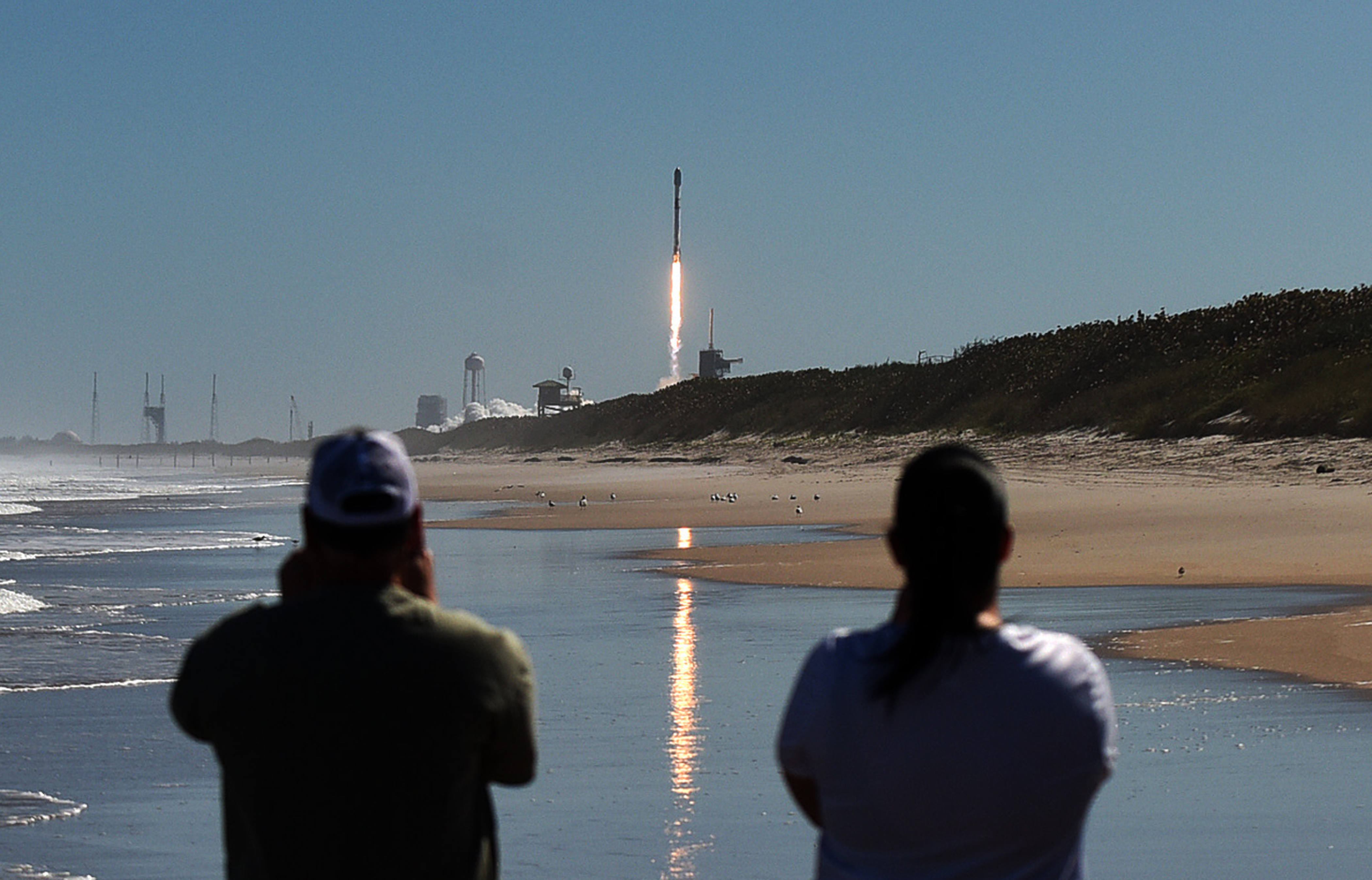Last year, the European Space Agency and a game developer got a little satellite, orbiting Earth in space, to run Doom in real-time. The lure of doing something perfectly normal on terra firma in the utterly hostile environment of space is just the preserve of a handful of coders, though, as two companies are hoping to be the first to have a data center and, believe it or not, a chip foundry in orbit.
This might seem like a colossally expensive thing to do, but when one of the aforementioned companies just happens to be Google, you know that the upfront cost probably isn’t an issue. With the name Project Suncatcher, you’d be forgiven for thinking that Google is hoping to design a special solar panel system to power all of its data centers.
Well, that’s partially correct, but Project Suncatcher aims to use the power of the Sun by getting just a teeny bit closer to it, by putting the data centers in space. This isn’t some whimsical fantasy; Google has seriously thought about all of this, as detailed in its research paper (PDF warning) on the project.
The reason behind it all is that if you have satellites in a synchronous low Earth orbit, they’re exposed almost continuously to sunlight. So with sufficiently big solar panels, you’ll never need to worry about powering the data centre. Normally, such systems are huge in size—bigger than the International Space Station—but Google plans to use a host of satellites instead, similar to how SpaceX manages its Starlink internet service.
Google’s even tested its AI processors for the impact of radiation, and apparently, they hold up pretty well, or at the very least, long enough for the required five-year lifespan of each satellite. In fact, the only thing that’s stopping the tech giant from flinging data centers off into space right now is launch costs.

SpaceX’s efforts at reducing launch costs are why Google is eyeballing space right now. (Image credit: Paul Hennessy/SOPA Images/LightRocket via Getty Images)
However, it estimates that these could fall low enough within the next 10 years, and if it hits $200 per kg, then “the cost of launching and operating a space-based data center could become roughly comparable to the reported energy costs of an equivalent terrestrial data center on a per-kilowatt/year basis.”
Now, while all that does seem quite viable, I’m considerably less convinced by what US chip maker Besxar wants to do. Put simply, instead of spending billions making enormous semiconductor foundries on Earth, it wants to have them in space instead.
The idea being that the vacuum of space is somehow better than the vacuums used by the likes of Intel, TSMC, and others in chip making: “Bexsar can achieve purity levels and yield efficiencies impossible on Earth, effectively doubling the chip cost-efficiency for next-generation AI workloads.”
There aren’t too many details on the project just yet, but Besxar has recently signed a deal with SpaceX to use its Falcon 9 launchers to put ‘Fabships’ into orbit. That’s all well and good, but Earth-based chip makers genuinely don’t have any problems achieving the same levels of vacuum as that found in a low Earth orbit.

Imagine all of this in space. Somehow. (Image credit: Intel Corporation)
Besides, there’s far more to wafer manufacturing than just having a really good vacuum. Foundries go through vast quantities of water for cleaning and rinsing wafers, as well as acting as a solvent and diluent for etching chemicals. How Bexar’s production methods will get around this problem is unclear.
The biggest problem, though, is a far simpler one, and it’s the cost of it all. Doing anything in space is considerably more expensive than doing it on the ground, and even if Bexar does succeed in producing higher-quality chips than what TSMC and others can make, who will be willing to pay what’s almost certainly going to be very, very expensive?
Given that Google doesn’t see data centers in space being financially viable for another decade, I suspect we’re not going to be seeing ‘Made in Space’ stickers on the best CPUs and graphics cards any time soon. Let’s face it, they’re expensive enough as it is.
From PCGamer latest via this RSS feed


